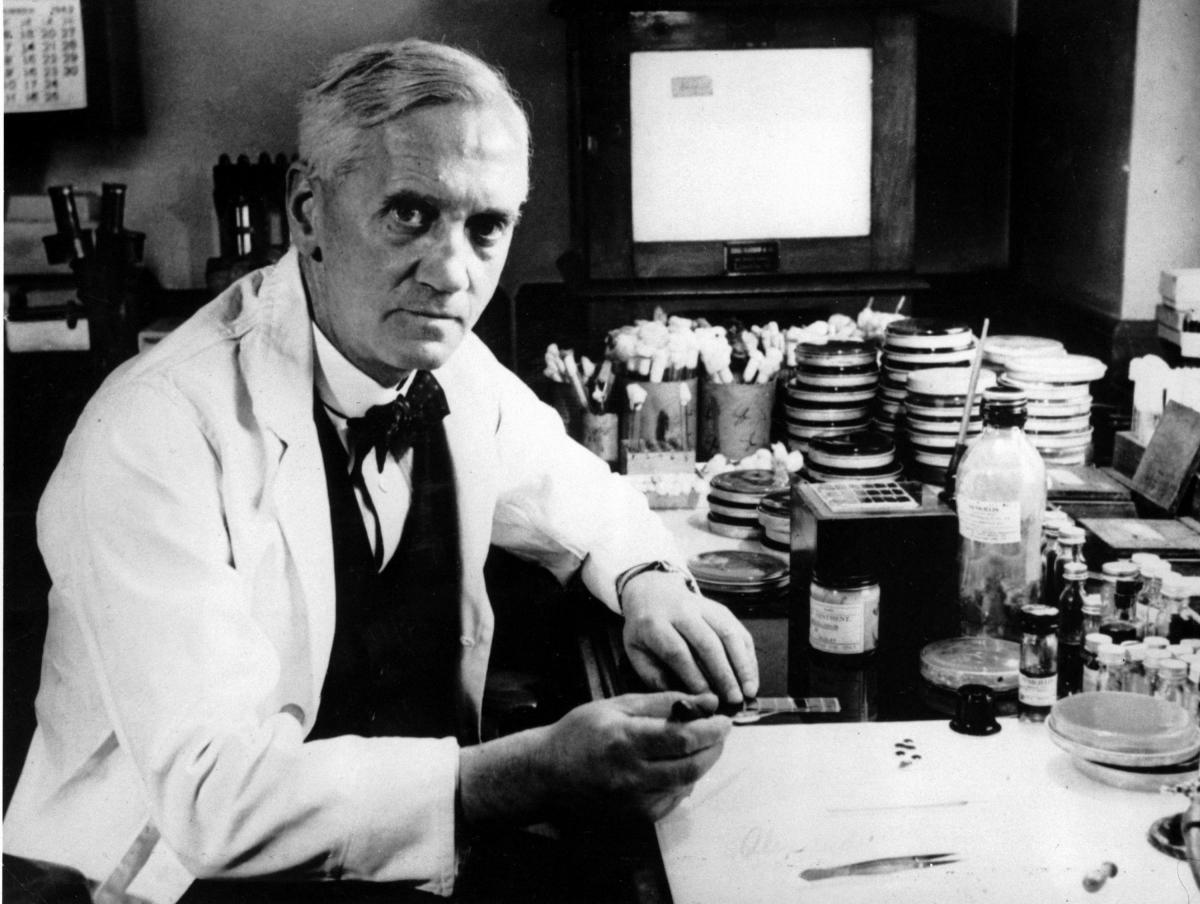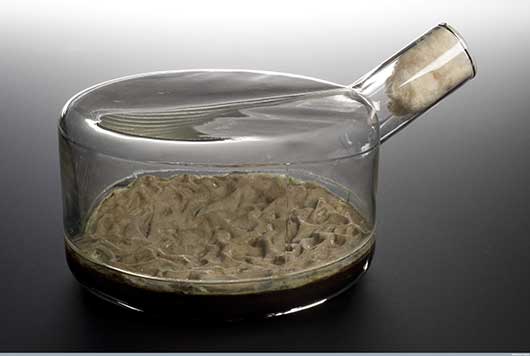This topic takes on average 55 minutes to read.
There are a number of interactive features in this resource:
 History
History
 Biology
Biology
At the start of the 20th century many people still died from infectious diseases, that today are easily cured. It was a discovery by Alexander Fleming in 1928 that would lead to the range of modern antibiotics that we know today.
In 1871, Joseph Lister noticed that some moulds could make other microbes grow more weakly. He did not realise the potential of this observation and did not follow it any further. It was over fifty years later, in 1928, that Alexander Fleming made a similar observation.
Fleming was trying to find ways of killing the bacteria that caused cuts and wounds to become infected and turn septic. This was a serious condition and could cause death if the infection spread to the blood. He noticed that the growth of bacteria had been inhibited on a petri dish that had been accidentally contaminated with the mould Penicillium notatum. He immediately realised that the mould must be producing a chemical that prevented the bacteria from growing. He cultivated the mould and investigated its properties on bacteria that caused diseases such as anthrax, meningitis and diphtheria.

Alexander Fleming at work in St. Mary's Hospital, London

A fermentation vessel for penicillin used by Glaxo in 1940
Fleming's discovery was not fully exploited until the outbreak of the Second World War in 1939. Infected wounds had caused many deaths in previous wars and two researchers based in Oxford University, Howard Florey and Ernst Chain, were given the task of finding new medicines to treat wounded soldiers. They realised the importance of Fleming's work and had the resources to grow large amounts of the Penicillium mould. This allowed them to isolate the active antibiotic in sufficient quantities to try it on patients suffering from severe infections.
Before antibiotics, a simple throat infection could easily spread to the lungs and throughout the body. There was little that could be done for these patients and many died from complications of what we would now think of as a trivial infection. Florey and Chain showed that penicillin could be used to save lives.
The production of penicillin became a wartime priority and pharmaceutical factories in the USA, United Kingdom and Russia manufactured large quantities of penicillin which was used to save the lives of wounded soldiers.
There are now many different types of antibiotics which are specialised to treat a wide range of bacterial infections. However, the widespread, and sometimes unnecessary use of antibiotics is leading to the evolution of strains of bacteria that are able to survive all but the most powerful antibiotics. These so-called superbugs can cause real problems, and antibiotic resistance is a growing problem.
Antibiotics, and other antimicrobials, can be tested to find out how well they work to destroy bacteria. Discs of filter paper are impregnated with the antimicrobial and are placed on the surface of a petri dish containing agar pre-impregnated with bacteria. As the animation below shows, when the bacteria grow, the effectiveness of the antimicrobial can be seen.
To see how antimicrobials are tested, click on each petri dish and allow each animation to run for 10-15 seconds.